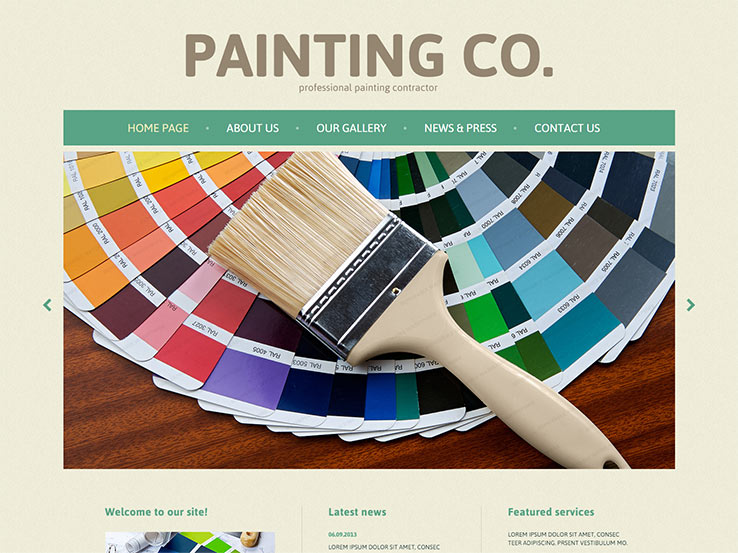Seasonal Considerations For Industrial Exterior Paint: What You Need To Know
Seasonal Considerations For Industrial Exterior Paint: What You Need To Know
Blog Article
Short Article Written By-Doherty Urquhart
When you're planning an industrial outside painting job, seasonal factors can make or break your results. You'll want to consider just how temperature and moisture influence paint application and drying out times. Choosing the best period can guarantee your paint adheres properly and lasts longer. Yet which seasons are absolutely the best for this type of job? Allow's discover https://gunnerrxdhm.wizzardsblog.com/34375539/reveal-the-most-current-techniques-and-fads-in-home-paint-and-be-surprised-by-the-innovative-approaches-to-revitalize-your-house that can influence your job's success.
The Impact of Temperature on Paint Application
When you're planning a business external paint job, the temperature level can substantially impact how well the paint adheres and dries out.
Ideally, you intend to paint when temperatures vary in between 50 ° F and 85 ° F. If https://brooksejpuz.ssnblog.com/33485656/yearning-for-a-home-that-radiates-freshness-and-vibrancy-discover-the-trick-of-specialist-home-painters-and-the-crucial-elements-that-make-a-residence-genuinely-feel-like-a-home 's as well cold, the paint may not cure correctly, resulting in concerns like peeling off or splitting.
On the flip side, if it's as well hot, the paint can dry out also swiftly, protecting against correct attachment and leading to an uneven finish.
You need to also consider the moment of day; morning or late afternoon uses cooler temperature levels, which can be extra favorable.
Always check the producer's referrals for the particular paint you're making use of, as they usually give assistance on the optimal temperature array for optimal outcomes.
Moisture and Its Effect on Drying Times
Temperature level isn't the only environmental element that influences your commercial external paint project; humidity plays a considerable duty too. High humidity degrees can decrease drying times drastically, impacting the overall high quality of your paint job.
When the air is saturated with moisture, the paint takes longer to cure, which can cause problems like bad attachment and a greater danger of mold growth. If you're repainting on a specifically moist day, be planned for prolonged wait times between coats.
It's important to check neighborhood weather and plan accordingly. Ideally, aim for moisture degrees in between 40% and 70% for optimum drying.
Keeping these factors in mind guarantees your project stays on track and provides an enduring coating.
Best Seasons for Commercial Exterior Paint Projects
What's the best time of year for your commercial external paint tasks?
Springtime and early autumn are usually your best options. During these seasons, temperatures are mild, and humidity levels are typically lower, developing excellent conditions for paint application and drying out.
Prevent summertime's intense heat, which can cause paint to dry as well promptly, resulting in poor bond and coating. Similarly, wintertime's cool temperature levels can hinder proper drying and healing, risking the longevity of your paint job.
baluster painter for days with temperatures between 50 ° F and 85 ° F for optimal outcomes. Keep in mind to examine the regional weather prediction for rainfall, as wet problems can spoil your project.
Preparation around these variables ensures your paint task runs smoothly and lasts much longer.
Final thought
To conclude, intending your business external paint tasks around seasonal factors to consider can make a considerable distinction in the outcome. By scheduling job throughout the suitable temperature levels and moisture degrees, you'll ensure better adhesion and drying times. Remember to watch on local weather prediction and select the right time of year-- springtime and early loss are your best bets. Taking these steps will certainly aid you attain a long lasting and specialist coating that lasts.
